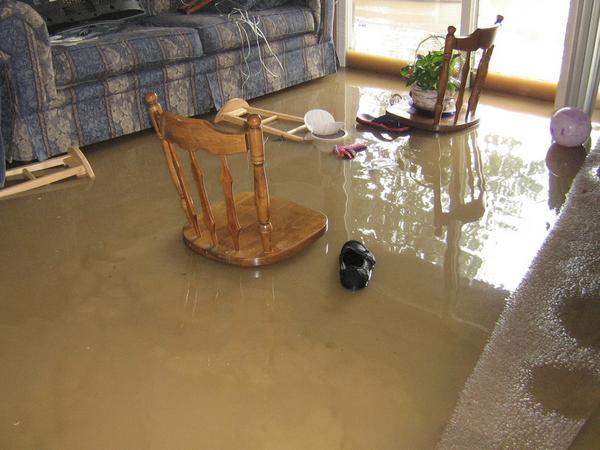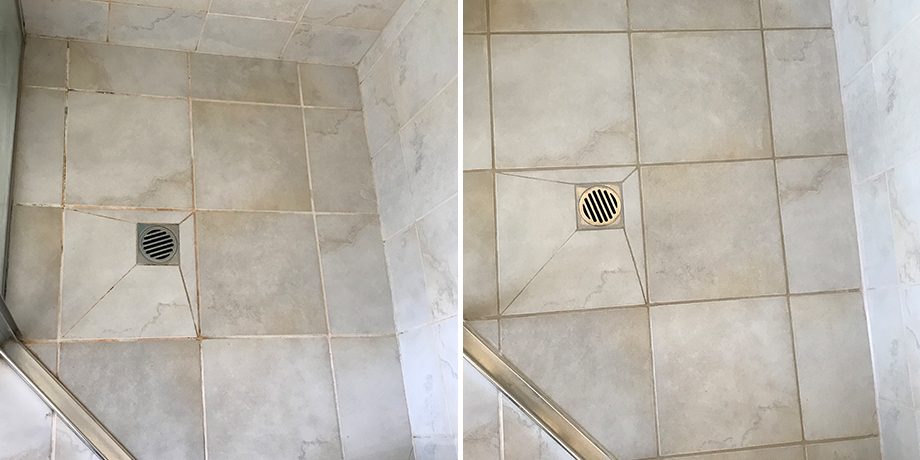What're your opinions on Looking for Signs of Water Damage in the Bathroom?

The bathroom is extremely at risk for damp build-up and potential water damages as a result of the regular use of water in it. This article supplies straightforward inspection strategies to assist discovering water damages dangers.
The regular use of water in the washroom makes it exceptionally prone for moist buildup and also prospective water damage. By examining it on a regular basis, you can decrease water relevant problems.
The following collection of assessments is easy to execute as well as should be done as soon as in every three months in order to keep your shower room in good shape as well as to prevent potential water problems triggered by the bathtub, the shower, pipeline joints and also plumbing, sinks, cupboards, and the commode
Do not disregard doing these inspections and also be complete while performing them. Remember that these basic inspections can conserve you a lot of cash by supplying early signs for water damage
Sinks and Cabinets
Sinks and also cabinets are revealed to wetness and moisture daily and also are typically forgotten. Check routinely under the sink as well as on the countertop over it. Repair any kind of drip in the trap as it might recommend drain troubles. Take a look around the sink, slow-moving draining pipes might suggest an obstructed drain. Change sink seals if they are broken or loosened.
Bathtub and also Shower
The shower as well as bathtub call for special focus and upkeep. Check the ceramic tiles and also replace if fractured. Ensure that there is no missing out on grout between the floor tiles. Examine and also replace split caulking at joints where the wall surfaces satisfy the flooring or the bathtub. Blocked drains pipes and pipelines troubles will stop the bath tub from drying out and may suggest significant problems below the tub. Seek advice from a professional instantly to avoid architectural damages. Pay attention to discolorations or soft areas around the tub walls as they might show an inner leak.
Plumbing
Signs for water damage are hard to discover considering that the majority of pipelines are installed inside the walls.
Pay special interest to flooring as well as wall surfaces dampness and also discolorations as they might show an invisible plumbing problem. Check moisture levels in adjoining spaces also.
The Bathroom
The bathroom is a prone water joint. Inspect the water lines as well as look for leakages around the bathroom seat, in the pipe, as well as under the water storage tank. If you find any kind of indicators of wetness on the flooring around the bathroom, look for leaks in the toilet rim and tank seals.
Understand that hanging toilet bowl deodorants increases the opportunities for obstructions.
Water Damage Signs In The Bathroom To Avoid Cleanup
Musty smell
This is one of the easiest signs to catch because musty smells are so odorous. The damp, earthy, moldy smell should be a big red flag. The smell will develop when moisture gets trapped in surfaces, and begins to facilitate mold growth. Leaking pipes under cabinets, inside walls, and behind shower fixtures will cause moisture to stay trapped and not dry, which will lead to mold growth and spread. As soon as you notice any musty smells in your bathroom, have it checked for hidden water damage and cleanup signs.
Visible mold
If the smell isn’t there to give it away, sometimes you will actually see mold growth. Finding mold in your bathroom is a serious problem, because mold is very harmful to your health. By the time mold growth is visible, it also means that water damage has already occurred and been present for some time. The only way the mold problem can be resolved is to find the source of the moisture and get it stopped. To safely and adequately remove mold, you need to have professionals handle the remediation. Do not waste any time in getting mold problems addressed, fixed, and sanitized so that you can protect you and your family from the many respiratory symptoms caused by mold exposure.
Damaged floors
Bathroom floors should be able to withstand some exposure to water while still remaining in good condition. However, when excess exposure or water leaks occur, they will begin to damage even the most water-resistant flooring. If you notice any cracking, bubbling, staining, or warping on your bathroom floors, there is probably a water leak somewhere causing the distortion. If you notice areas of the floor have become softer, or even have a spongy feeling, there is probably damage to the subfloor. Subflooring is typically made up of plywood. When plywood is exposed to water or moisture, it will absorb it. Once it has become saturated, the weight of the excess water will cause the wood to swell and soften. Check the floors in your bathroom frequently to catch any of these sings before they lead to damaged subflooring.
Changes on walls
When water leaks behind walls, it will cause changes in the drywall. Peeling plaster, blistering paint, and soggy wallpaper are all good indicators that excess water is building up behind the wall. Water leaking behind drywall will cause it to swell and be soft to the tough. If you start to notice gaps along the trim of your walls, or where tile meets the wall, it could also be a strong indicator that there is a leak behind the wall. Any changes, distortion, or damage on the walls should be evaluated as soon as you notice it to prevent further water damage and cleanup.

Hopefully you enjoyed reading our piece on How to Prevent Bathroom Water Damage. Thanks a lot for taking time to browse our article. Those who enjoyed our blog posting plz be sure to share it. Thanks a lot for taking the time to read it.
Get A Free Quote
Comments on “Just How to Avoid Bathroom Water Damage”